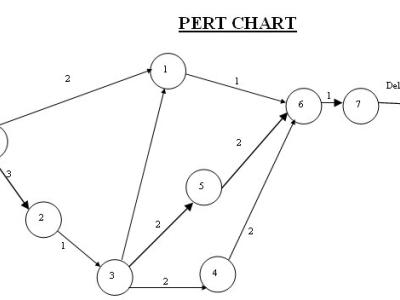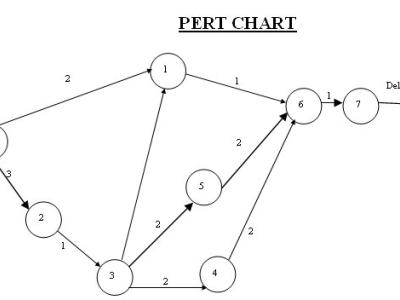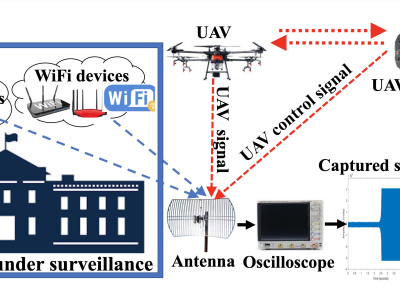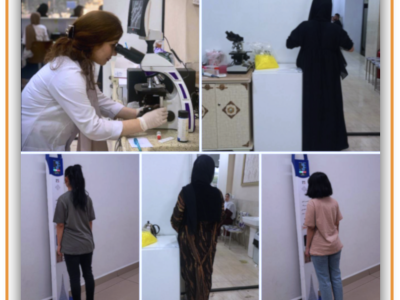Graphical password management system project report.

- Citation Author(s):
- Submitted by:
- Kamal Acharya
- Last updated:
- DOI:
- 10.21227/k82k-y620
 64 views
64 views
- Categories:
- Keywords:
Abstract
The term “graphical password” refers to a user authentication method where pictorial information is used for validation, instead of an alphanumerical password. This method poses many challenges, such as memo ability (which refers to how easy the password is to remember), usability, and security, since graphical passwords may tend to be visually simple and easily forged. Graphical passwords have become popular due to the proliferation of touch screen devices, in particular smart phones and tablets. The prevalent approaches are based on simple graphical passwords, which can be easily remembered and reproduced by potential attackers. In this work, we study user authentication based on finger -drawn doodles (i.e., free-form gestures or sequences of gestures) and on pseudo signatures, which are simplified versions of the signature drawn with the finger tip. Authentication is based on features extracted from the dynamics of the gesture drawing process (e.g., speed or acceleration).These features contain behavioral biometric information, which has been successfully used for automatic user verification based on handwritten signatures. As a consequence, a potential attacker would have to copy not only what the user draws, but also how the user draws it. Unfortunately, graphical passwords tend to be much simpler than signatures and are not composed, in general, of previously learned or heavily practiced movements. This can lead to a higher intra-user variability (i.e., variations between samples produced by the same person) than in the case of signatures or may cause users to forget part of or the whole graphical password.
Instructions:
The term “graphical password” refers to a user authentication method where pictorial information is used for validation, instead of an alphanumerical password. This method poses many challenges, such as memo ability (which refers to how easy the password is to remember), usability, and security, since graphical passwords may tend to be visually simple and easily forged. Graphical passwords have become popular due to the proliferation of touch screen devices, in particular smart phones and tablets. The prevalent approaches are based on simple graphical passwords, which can be easily remembered and reproduced by potential attackers. In this work, we study user authentication based on finger -drawn doodles (i.e., free-form gestures or sequences of gestures) and on pseudo signatures, which are simplified versions of the signature drawn with the finger tip. Authentication is based on features extracted from the dynamics of the gesture drawing process (e.g., speed or acceleration).These features contain behavioral biometric information, which has been successfully used for automatic user verification based on handwritten signatures. As a consequence, a potential attacker would have to copy not only what the user draws, but also how the user draws it. Unfortunately, graphical passwords tend to be much simpler than signatures and are not composed, in general, of previously learned or heavily practiced movements. This can lead to a higher intra-user variability (i.e., variations between samples produced by the same person) than in the case of signatures or may cause users to forget part of or the whole graphical password.













